Wearable Technology: Past, Present and Future
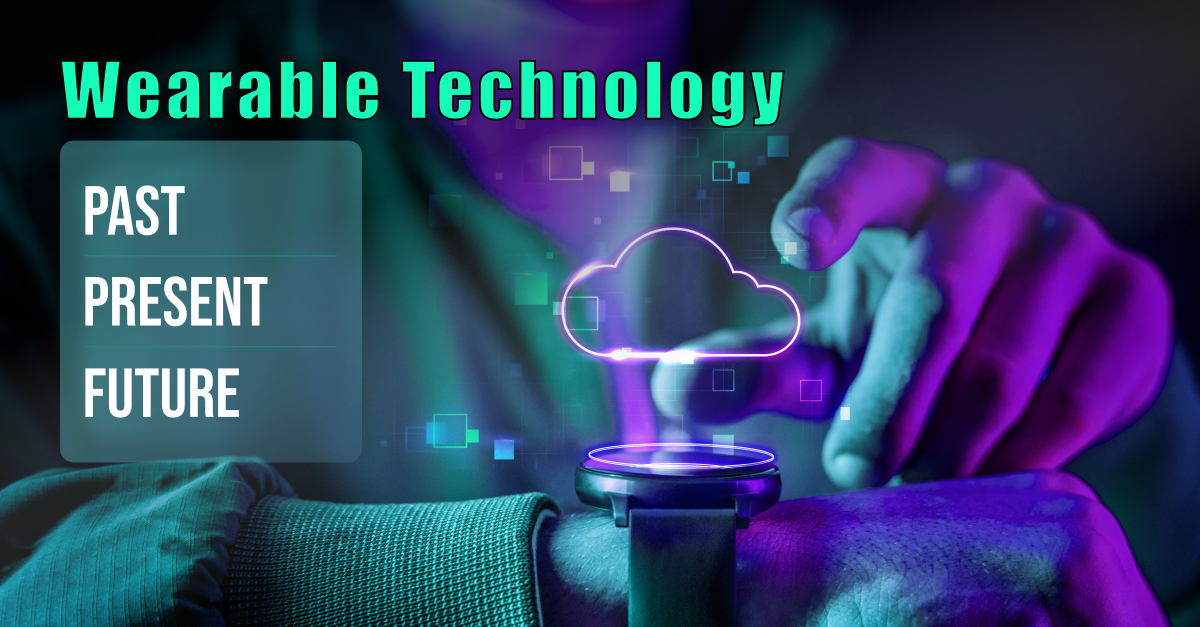 The Healthtech sector has grown exponentially in the past few years. Among various new devices and tools that have been built, wearable technology has been the most impactful for healthcare. There has been a steady rise in digital wellness wearable devices that are designed to collect data in real-time, providing information on wellness parameters of the human body. Wearables are small but powerful electronic devices that measure after coming in contact with your body, heart rate, blood oxygen saturation, temperature, blood pressure, breathing rate, physical movement, number of steps taken, and various other health parameters. Rising demand for wearables Ever since the COVID-19 pandemic began, there has been a sharp spike in the demand for wearables globally. Especially in the US, 54% of US adults have started using digital wearables for monitoring at least one crucial health metric such as heart rate, pulse, blood pressure, etc. 2020, compared to 42% in 2019. In addition to this, compared to USD 18.4 billion in 2020, the global wearable devices market is poised to reach $46.6 billion by 2025.
The Healthtech sector has grown exponentially in the past few years. Among various new devices and tools that have been built, wearable technology has been the most impactful for healthcare. There has been a steady rise in digital wellness wearable devices that are designed to collect data in real-time, providing information on wellness parameters of the human body. Wearables are small but powerful electronic devices that measure after coming in contact with your body, heart rate, blood oxygen saturation, temperature, blood pressure, breathing rate, physical movement, number of steps taken, and various other health parameters. Rising demand for wearables Ever since the COVID-19 pandemic began, there has been a sharp spike in the demand for wearables globally. Especially in the US, 54% of US adults have started using digital wearables for monitoring at least one crucial health metric such as heart rate, pulse, blood pressure, etc. 2020, compared to 42% in 2019. In addition to this, compared to USD 18.4 billion in 2020, the global wearable devices market is poised to reach $46.6 billion by 2025.Wearables in the past
If we look back, historically, eyeglasses, invented in the 13th century were the first wearable devices. Several hundred years later wearable pocket watches transformed into wristwatches which, in turn, became smart health tracking watches due to digital transformation. Wearable devices are powerful tools in modern healthcare for patients as they are personal and present everywhere the patient goes. For the critically ill or the elderly, specialized wearable devices such as biosensors track infection, inflammation, cognitive decline, etc. Especially for those living alone, digital health devices detect fall incidents and trigger alerts to caregivers, saving vital time. Health monitoring devices such as wearable ECG monitors and blood pressure monitors track vital parameters like blood pressure and heart function which can contribute significantly to lowering in-clinic visits and hospitalizations. In terms of self-care for users, they help track their daily wellbeing which is of utmost importance because most diseases like hypertension, diabetes, and heart ailments are caused by a lifetime of unhealthy habits.How wearables have impacted our lives at present
At present, digital health monitoring devices, therapeutic devices, and activity trackers are the other categories of wearables that are being rapidly adopted. Therapeutic devices monitor patient metrics in real-time which aids in disease therapy, recovery from an ailment, and facilitates the delivery of therapy. These devices are usually categorized into pain management devices, rehabilitation devices, insulin pumps, and respiratory therapy devices. Activity trackers, on the other hand, were not intended for specialized medical use initially. But now, modern activity tracking devices offer precise features and capabilities to monitor vital signs. Consider your everyday modern smartwatch. It is a small but potent tool that can facilitate the management of cardiovascular diseases. The watch band contains a cuff that inflates to capture systolic and diastolic pressure, using the same principle as your typical blood pressure monitor. The data collected from the device is synced with an associated digital health app on your smartphone and analyzed for important insights into your heart health.What does the future hold?
Two years into the pandemic, digitization in terms of telehealth and wearables have become a critical part of remote healthcare monitoring and is likely to continue being a reliable and viable alternative for caregivers, providers, and patients. In the future, we foresee that the growth of wearable devices combined with a deficient supply of skilled caregivers will create the need for improved automatic, real-time customized designs for care in place. Wearables will contribute to the management of chronic illness care, surgical outcomes, post-discharge care, neurology, and emotional well-being. For the wearable devices industry, the way forward is to shift to more personalized care that enables patients to engage in their self-care, facilitates better support from caregivers for their loved ones, and above all allows leeway to healthcare providers to provide timely interventions with better utilization if their scarce manpower resources at lower costs. Venture 7 is at the forefront of this digital transformation where wearable digital health devices are rapidly transforming healthcare.
Browse by categories
- Agile
- Artificial Intelligence
- Automated testing
- Big Data
- Blockchain
- Business Intelligence
- Chatbots
- Cloud Computing
- Customer Experience
- Data Science
- Design Thinking
- DevOps
- Dialogflow
- Digital transformation
- EduTech
- ETL
- Healthcare
- HealthTech
- Machine Learning
- Mobile application
- Product Development
- Quality Ascent
- Quality Assurance
- Real Estate
- Software Testing
- StartUp
- Testing
You May Like This
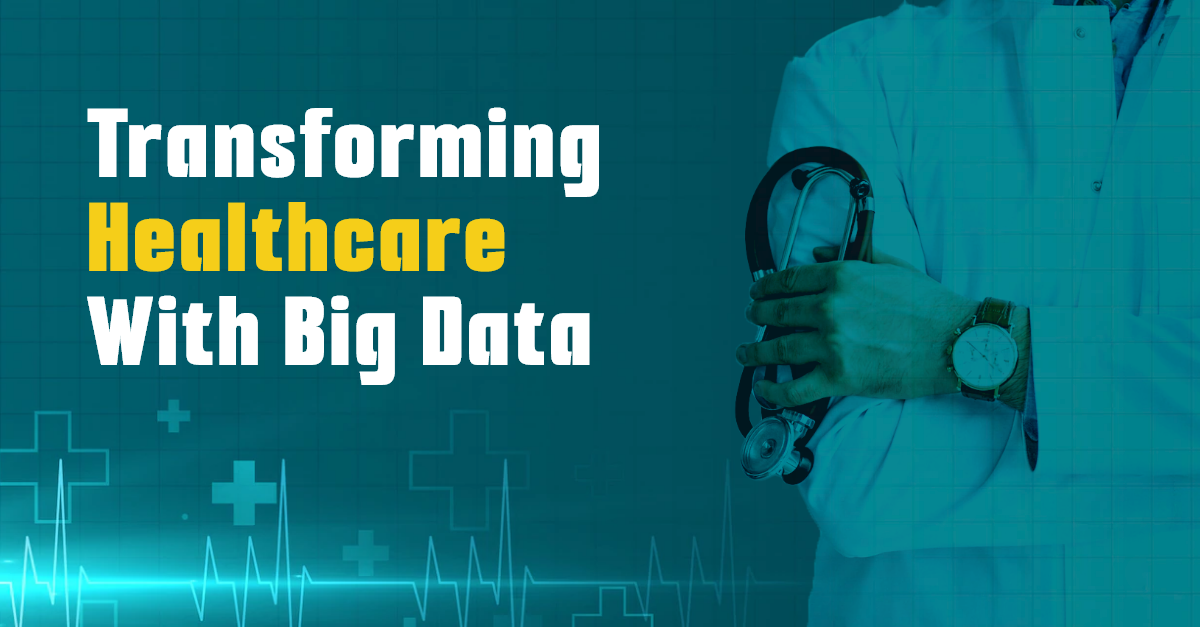
Transforming healthcare with big data
Today, many healthcare service providers rely heavily on technological breakthroughs to deliver high-quality healthcare services. As a result, there is an excellent need for analytics experts in the healthcare sector. Globenewswire published that by 2022, the healthcare big data analytics market will be worth more than $34.27 billion. A 22.07 percent CAGR is what we […]

Data visualization Is Indispensable To Business Intelligence And Here’s Why
The industries are rapidly evolving with innovative ways of performing operations. The growing complexities and the competitive business world makes it necessary for organizations to evolve their operations with the use of the latest and advanced technologies. The use of big data is increasing with each passing day to carry out activities in an efficient […]

DevOps-A Game Changer For Data And Cyber security
The industries are exploring diverse technologies to overcome the limitations of traditional technologies and make the online portals secure. The IT industry is exploring DevOps to integrate cybersecurity and maximize risk management. DevOps (development and operations) refers to a set of software development activities that aims at automating diverse processes by combining IT applications and […]
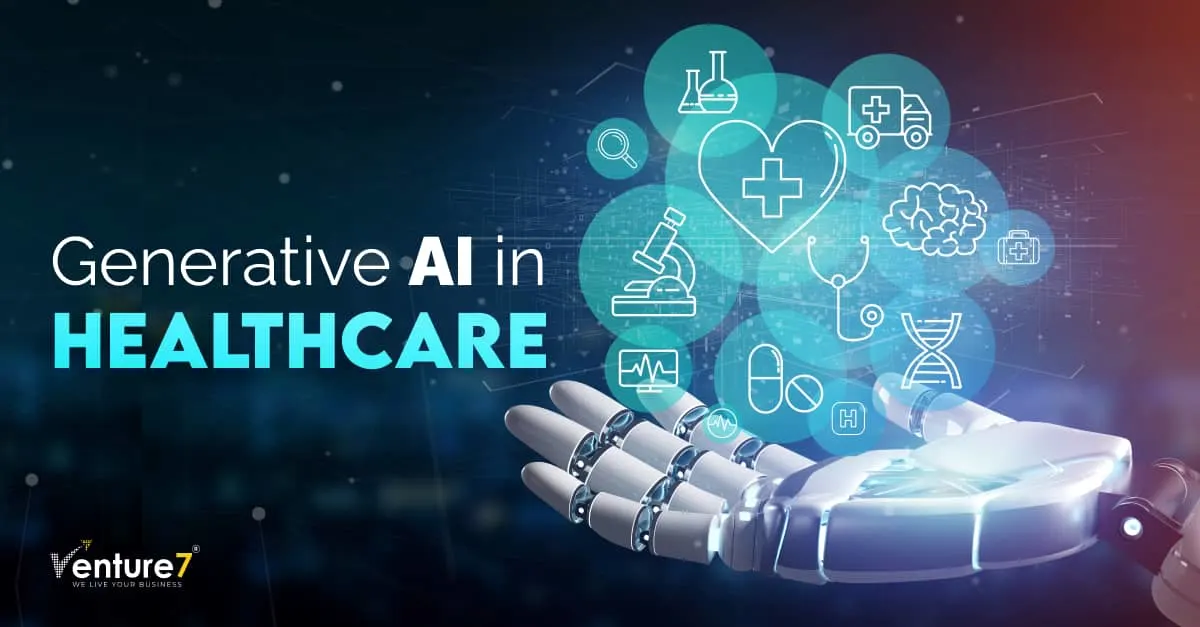
Generative AI – The Future of Healthcare Innovation
The healthcare landscape is entering a groundbreaking phase driven by the emergence of artificial intelligence (AI). While traditional AI is known for its significant role in analyzing existing data, Generative AI moves ahead by creating new data or content. This innovative technology also has amazing potential to transform healthcare in multiple ways. The role of […]
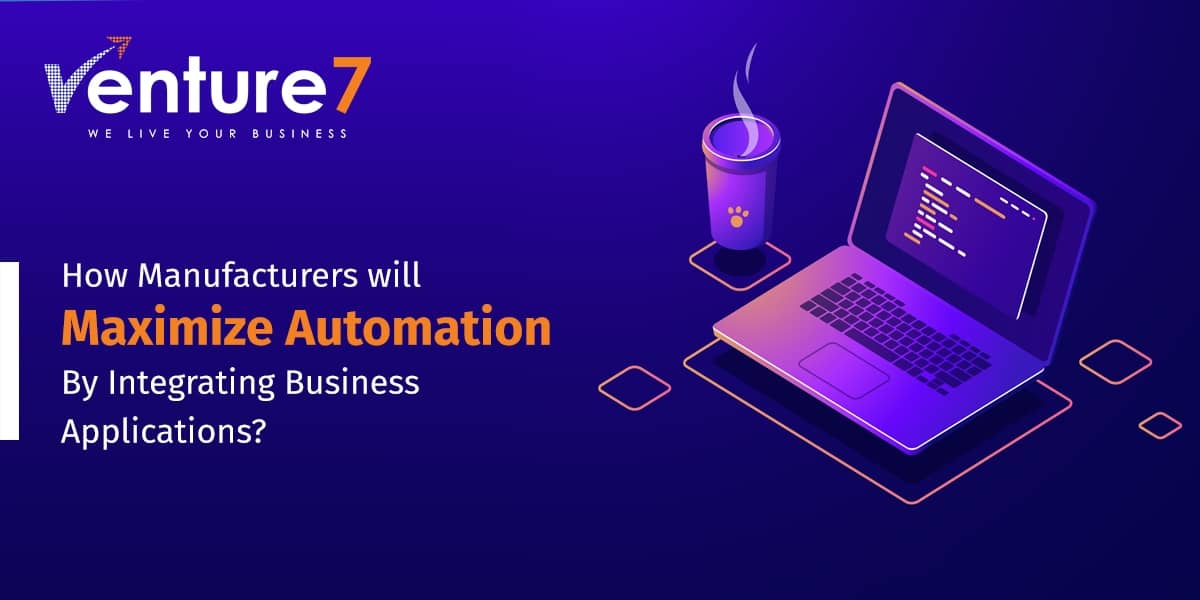
How Manufacturers will Maximize Automation By Integrating Business Applications?
The manufacturing companies require a vast amount of data to carry out important activities and other processes in an efficient manner. These companies are rapidly adopting advanced technologies to make the process simpler and efficient. Companies are shifting towards automation as it plays a crucial role in manufacturing industries to convert raw materials into finished […]
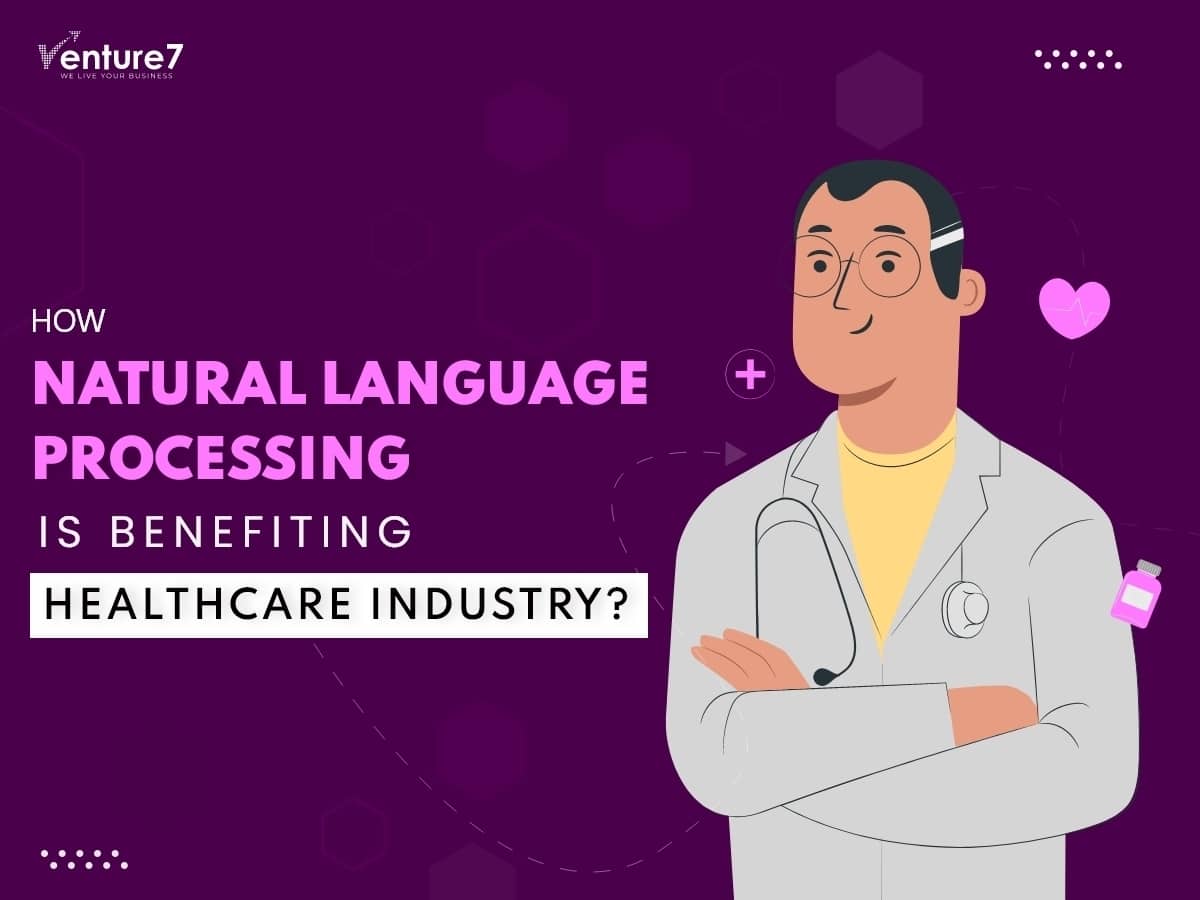
How Natural Language Processing Is Benefiting The healthcare Industry?
The healthcare sector is continuously evolving by exploring diverse ways of improving patient care and enhancing the operations of different departments of the healthcare industry. Healthcare providers are shifting towards the use of advanced technologies to simplify various processes by analyzing a wide range of datasets that are gathered from multiple sources. Healthcare professionals are […]



